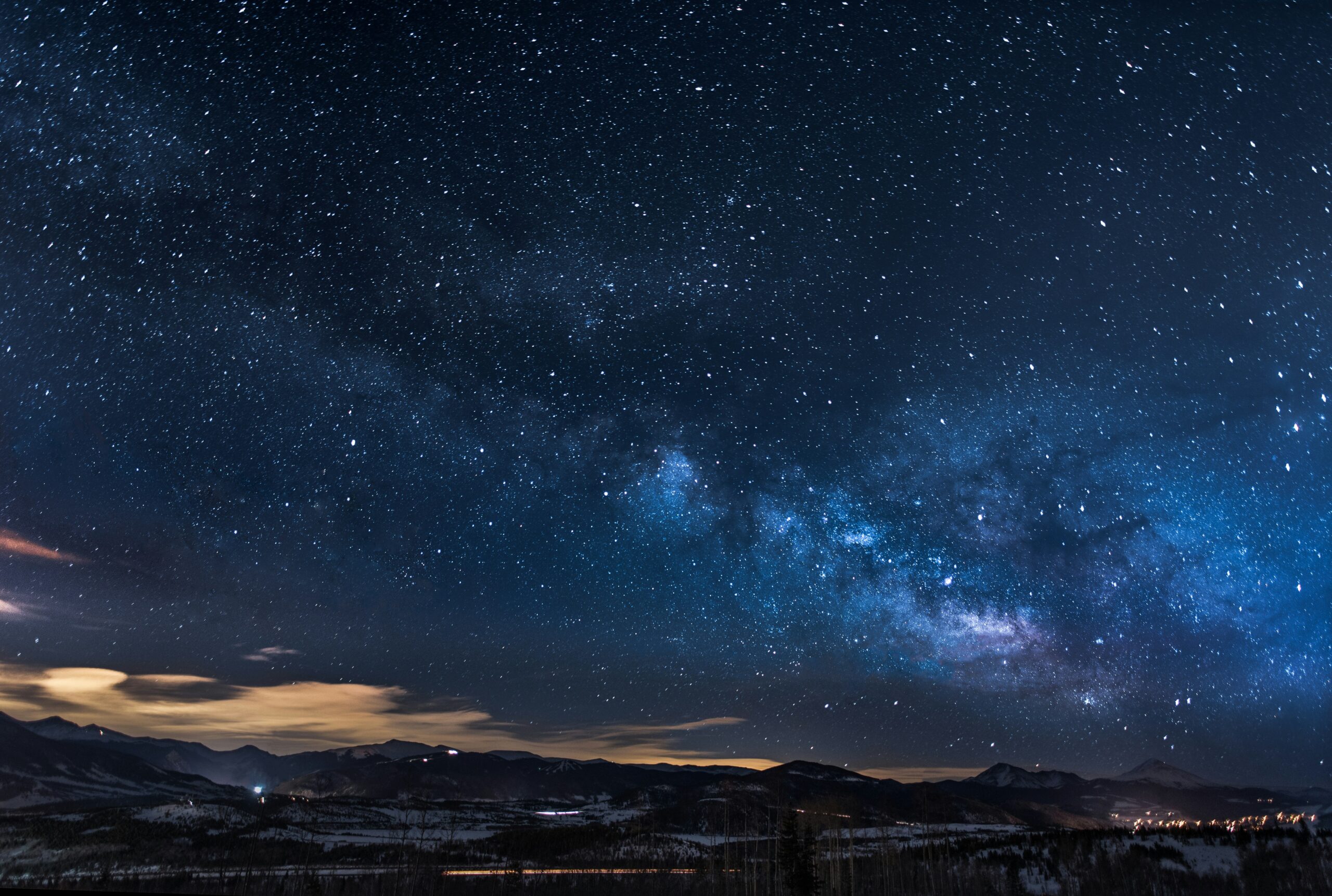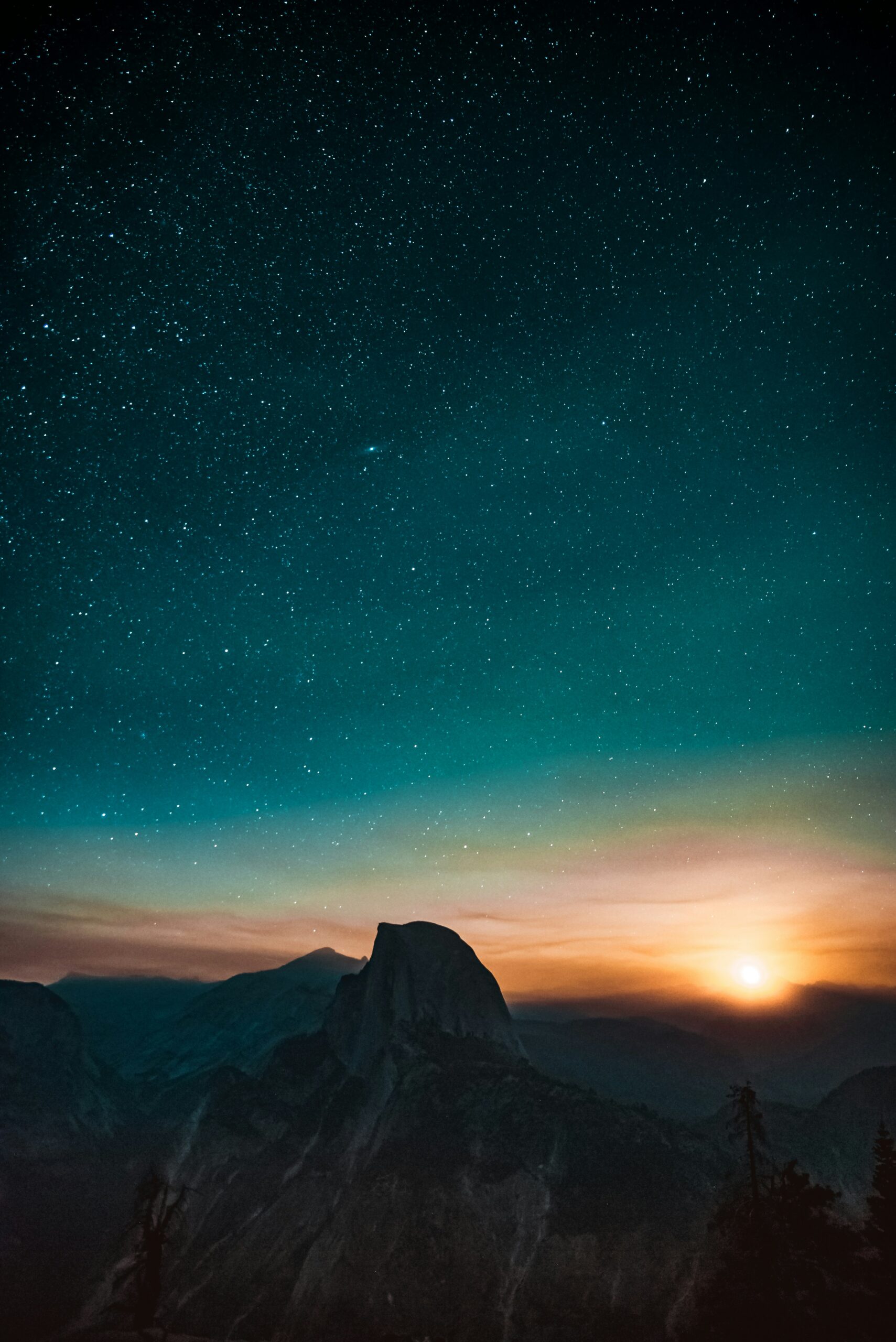If you’re an avid hunter and the idea of exploring the night’s mysteries thrills you, then the answer is yes – you can use binoculars for hunting at night! With advances in technology, many manufacturers have developed binoculars specifically designed for low-light conditions. These hunting binoculars are equipped with features such as night vision and infrared capabilities, allowing you to spot game in the darkest of nights. So grab your binoculars, step into the silence of the wilderness, and embark on an extraordinary nocturnal hunting adventure.
Usage of Binoculars in Hunting
Importance of binoculars in hunting
When it comes to hunting, binoculars are an essential tool that can greatly enhance your experience and increase your chances of success. Whether you are hunting during the day or at night, binoculars provide you with a clear and magnified view of your surroundings, allowing you to spot game from a distance and easily scout the area without alerting your target.
Typical features of hunting binoculars
Hunting binoculars come with specific features that make them ideal for outdoor use. These features include a wide field of view, high-quality optics, and a compact and lightweight design. The wide field of view allows you to scan large areas efficiently, while the high-quality optics ensure excellent clarity and resolution. The compact and lightweight design makes it easy to carry the binoculars with you for extended periods without causing discomfort.
Considerations when selecting hunting binoculars
When selecting hunting binoculars, there are several factors to consider to ensure you choose the right ones for your specific needs. These factors include the magnification power, objective lens diameter, and the overall build quality of the binoculars. The magnification power determines how much closer the objects will appear, while the objective lens diameter determines the amount of light that enters the binoculars, affecting the image brightness and clarity. Additionally, the build quality of the binoculars should be durable enough to withstand the rugged conditions of hunting and be waterproof and fog-proof to withstand various weather conditions.
Night-time Hunting
Challenges of hunting at night
Night-time hunting poses unique challenges that require specialized equipment, such as binoculars designed for low-light conditions. One of the main challenges is the limited visibility, as natural light levels are reduced. This makes it difficult to spot game, especially from a distance. Additionally, navigating through the darkness can be challenging, and it becomes more crucial to be able to identify potential obstacles and hazards.
Techniques for night hunting
To overcome the challenges of night hunting, it is important to employ specific techniques that maximize your chances of success. One popular technique is using artificial light sources, such as spotlights or night vision scopes, to illuminate the area and enhance visibility. Another technique is using calls or attractants to lure game closer and increase the chances of spotting them. Additionally, setting up ambush points and utilizing stealth and patience are crucial strategies for night hunting.
Equipment required for night hunting
Night hunting requires specialized equipment to ensure optimal visibility and safety. In addition to night vision binoculars, other essential equipment includes a reliable headlamp or handheld flashlight for navigating in the dark, a scoped rifle or crossbow for accurate shots, and appropriate clothing and gear for comfort and concealment. It is important to invest in high-quality equipment specifically designed for night hunting to ensure reliability and effectiveness.

Understanding Night Vision
Function of human eyes in low light conditions
During low light conditions, the human eyes rely on two key mechanisms to enhance visibility: the dilation of the pupils and the action of the rods in the retina. When exposed to dim light, the pupils dilate to allow more light to enter the eyes. Additionally, the rods in the retina, which are more sensitive to light than the cones responsible for color vision, become more active to enhance the perception of brightness.
Terminology related to night vision
To understand night vision technologies, it is important to familiarize yourself with the associated terminology. Some key terms include:
- Night vision: The ability to see in low light conditions, typically aided by technology or equipment.
- Infrared: A part of the light spectrum that is not visible to the human eye but can be detected by certain devices.
- Thermal imaging: A technology that detects the heat emitted by objects to create an image based on temperature differences.
- IR illuminator: A device that emits infrared light to enhance visibility in low light or total darkness.
- Image Intensifier Tube: A component of night vision devices that amplifies the available light to create a brighter image.
Types of night vision technology
Night vision technology has evolved significantly over the years, leading to the development of different types of night vision devices. The main types include:
- Image Intensification: This technology amplifies available light, making objects appear brighter and clearer. Image intensification devices are commonly used in night vision binoculars and goggles.
- Thermal Imaging: These devices detect the heat emitted by objects, allowing you to see the temperature differences in the environment. Thermal imaging technology is commonly used in binoculars designed for night hunting.
- Digital Night Vision: Digital night vision devices use sensors and digital processing to convert the available light into an electronic signal, which is then displayed on a screen. These devices are typically more affordable but may have lower image quality compared to image intensification or thermal imaging technology.
Night Vision Binoculars
Fundamentals of night vision binoculars
Night vision binoculars are specifically designed to provide enhanced visibility in low light or total darkness. They work by utilizing image intensification or thermal imaging technology to capture and amplify available light or detect thermal signatures.
How night vision binoculars work
Night vision binoculars equipped with image intensification technology collect the available light through the objective lenses. This light is then passed through an image intensifier tube, which amplifies the light, making the image brighter and clearer. The amplified image is then viewed through the eyepieces.
Night vision binoculars equipped with thermal imaging technology detect the heat emitted by objects in the environment. The heat is converted into an electronic signal, which is then processed to create a visual representation of the temperature differences in the form of an image.
Benefits of using night vision binoculars
Using night vision binoculars for hunting at night offers several benefits. Firstly, they provide enhanced visibility in low light conditions, allowing you to spot game more easily and accurately assess your surroundings. Secondly, night vision binoculars help maintain a safe distance from potential dangers or hazards that may be present in the dark. Lastly, using night vision binoculars can increase your success rate by giving you a significant advantage over game that relies on the cover of darkness.

Feasibility of Using Regular Binoculars for Night Hunting
Limitations of regular binoculars in low light
Regular binoculars, also known as daylight binoculars, are not designed for low light conditions and therefore have limitations when used for night hunting. The main limitation is their inability to gather enough light to provide a clear and bright image in dark environments. The lenses of regular binoculars are not optimized for low light conditions, resulting in a dim and blurry image at night.
Possible issues when using regular binoculars for night hunting
Using regular binoculars for night hunting can result in several issues that may hinder your overall hunting experience. These issues include reduced visibility, difficulty spotting game in the darkness, and potentially missing crucial details that could affect your decision-making.
Assessing the effectiveness of regular binoculars at night
To assess the effectiveness of regular binoculars at night, it is recommended to do a comparison test with night vision binoculars designed for low light conditions. By comparing the visibility, image clarity, and overall performance of regular binoculars with specialized night vision binoculars, you can clearly see the limitations of regular binoculars and understand the advantages of using equipment specifically designed for night hunting.
Night Vision Goggles Vs Night Vision Binoculars
Key differences between goggles and binoculars
Night vision goggles and night vision binoculars are two commonly used devices in night hunting, each with its unique advantages. The key difference between the two lies in their design. Night vision goggles typically have dual eyepieces, allowing for monocular vision, while night vision binoculars offer the advantage of binocular vision with two eyepieces. This binocular vision provides better depth perception and a more immersive viewing experience.
Pros and cons of using goggles for night hunting
Night vision goggles offer the advantage of hands-free use, as they are worn on the head. This allows hunters to easily maneuver through the darkness while maintaining a clear view. However, one drawback of goggles is the lack of depth perception, which may affect accurate judgment of distances and the ability to spot game from afar.
Pros and cons of using binoculars for night hunting
Night vision binoculars provide the advantage of binocular vision, which enhances depth perception and allows for better evaluation of the surrounding environment. Binoculars also offer higher magnification options, allowing for more detailed observation of game. However, the use of binoculars requires the use of hands to hold and stabilize them, which may affect maneuverability in certain situations.

Thermal Imaging for Night Hunting
Concept of thermal imaging
Thermal imaging is a technology that detects the heat emitted by objects and converts it into a visual representation of temperature differences. This technology allows for the identification of warm targets, such as animals or humans, even in complete darkness.
Differences between night vision and thermal imaging
Night vision and thermal imaging are two distinct technologies used for night hunting. Night vision relies on amplifying available light or detecting residual light to create a visible image. Thermal imaging, on the other hand, detects the heat emitted by objects to create a visual representation based on temperature differences. While night vision provides a more detailed image in low light conditions, thermal imaging allows for the detection of warm targets, even in complete darkness.
Advantages of thermal imaging binoculars for night hunting
Thermal imaging binoculars offer several advantages for night hunting. Firstly, they can detect the heat signatures emitted by game or potential threats, allowing you to spot and track them more effectively. Secondly, thermal imaging is not affected by ambient light, making them ideal for hunting in complete darkness. Lastly, thermal imaging binoculars can provide a clear image even through foliage or other obstructions, giving you an advantage in dense hunting areas.
Choosing the Right Binoculars for Night Hunting
Important factors to consider
When choosing binoculars for night hunting, there are several important factors to consider. These factors include the magnification power, objective lens diameter, image quality, durability, and additional features such as built-in rangefinders or image stabilization. The right combination of these factors will depend on your specific hunting needs, preferences, and budget.
Top brands offering night hunting binoculars
Several top brands specialize in producing high-quality binoculars specifically designed for night hunting. Some of these brands include ATN, FLIR, Pulsar, and Bushnell. These brands are known for their expertise in night vision and thermal imaging technologies, ensuring reliable and effective performance in low light conditions.
Review of popular models
When it comes to choosing the right binoculars for night hunting, it is beneficial to consider the reviews and feedback from other hunters who have used different models. Some popular models that have received positive reviews include the ATN BinoX 4K, FLIR BNVD-51, Pulsar Accolade XP50, and Bushnell Equinox Z. These models offer a range of features and price points to cater to different preferences and budgets.
Legal and Ethical Considerations of Night Hunting
Legal gaps and permissions required for night hunting
Night hunting is subject to specific regulations and restrictions that may vary depending on your location. It is crucial to familiarize yourself with the local hunting laws and regulations governing night hunting, including the required permits, hunting season limitations, and restrictions on certain game species. Ignoring these legal requirements can result in penalties and negative consequences for both the hunter and the environment.
Ethical issues related to night hunting
Night hunting raises ethical concerns and requires hunters to consider the impact on both the game species and the overall ecosystem. Hunting at night can significantly disrupt the natural behaviors and patterns of nocturnal animals and may lead to unintended consequences, such as unintended target species or endangerment of non-target wildlife. It is essential for hunters to practice responsible hunting methods and adhere to ethical guidelines to minimize the negative impact on wildlife and maintain ecological balance.
Impact of night hunting on wildlife
Night hunting, when conducted responsibly and within legal boundaries, can have minimal impact on wildlife populations and ecosystems. However, the improper use of night hunting equipment or unethical hunting practices can lead to overhunting, habitat destruction, and disturbance of wildlife populations. It is crucial for hunters to educate themselves on the local wildlife and ecosystems, practice selective hunting, and promote conservation efforts to ensure the sustainability of wildlife populations.
Tips for Effective Night Hunting Using Binoculars
Best practices for using binoculars at night
To maximize your success rate in night hunting using binoculars, it is important to follow some best practices. Firstly, use a tripod or a stabilizing device to minimize hand shake and ensure a steady image. Secondly, adjust the focus and diopter settings of the binoculars according to your vision for optimal clarity. Additionally, avoid excessive movement and minimize talking to reduce the chances of spooking game in the dark.
Safety precautions for night hunting
Night hunting poses specific safety risks that should be taken seriously. Always ensure that you have a clear line of sight and positively identify your target before taking a shot. It is essential to have proper lighting equipment, such as a headlamp or handheld flashlight, to navigate safely and avoid potential hazards. Additionally, familiarize yourself with the hunting area and inform someone of your hunting plans and expected return time for added precaution.
Maximizing success rate with night vision binoculars
To maximize your success rate in night hunting using night vision binoculars, it is crucial to understand the capabilities and limitations of your equipment. Practice using the binoculars in different lighting conditions to become familiar with their performance. Additionally, combine the use of binoculars with other night hunting techniques, such as calling or attractants, to increase your chances of spotting game. Lastly, be patient and observant, as night hunting requires a higher level of concentration and attention to detail.
In conclusion, the usage of binoculars in hunting, whether during the day or at night, offers numerous benefits. Binoculars provide enhanced visibility, allow for better assessment of the surrounding environment, and increase the chances of a successful hunt. When hunting at night, specialized night vision binoculars or thermal imaging binoculars are essential to overcome the challenges of low light conditions and to ensure optimal performance. However, it is important to consider legal and ethical considerations, practice safety precautions, and select the right equipment for your specific hunting needs. By following these guidelines and tips, you can enhance your night hunting experience and increase your chances of a rewarding and responsible hunt.

